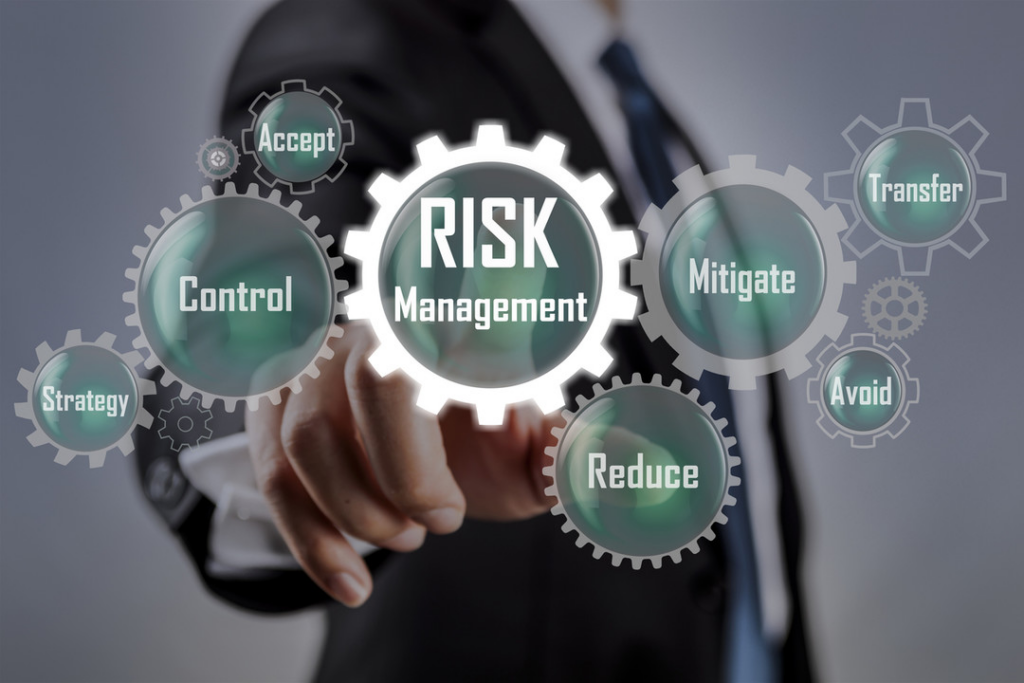Risk Management for MICE Events: Be Prepared for Anything

In the world of event planning, the unexpected can and often does happen. From sudden speaker cancellations to technical glitches and even extreme weather conditions, potential risks can disrupt even the most meticulously planned events. This is why effective event risk management is crucial for ensuring your event stays on track and achieves its objectives, regardless of unforeseen challenges. This guide provides a comprehensive overview of identifying, assessing, and mitigating potential event risks.
Event Risk Management: Your Safety Net
Event risk management is the process of identifying, analyzing, and addressing potential hazards that could negatively impact your event. It involves developing proactive strategies to mitigate these risks and creating contingency plans to manage unforeseen circumstances. Effective risk management is not about eliminating all risks entirely, but rather about minimizing their likelihood and impact, ensuring your event can adapt and thrive in the face of challenges.
Why is Event Risk Management Essential?
- Minimizes Disruptions: Proactive risk management minimizes the potential for disruptions, ensuring a smoother event experience for attendees and organizers.
- Protects Your Investment: By identifying and mitigating risks, you protect your financial investment in the event, reducing the likelihood of costly losses due to unforeseen circumstances.
- Enhances Safety and Security: Risk management prioritizes the safety and security of attendees, staff, and vendors, creating a secure environment for everyone involved.
- Maintains Reputation: Effectively managing risks helps protect your event's reputation and builds trust with attendees and stakeholders.
- Improves Planning and Preparedness: The risk management process enhances overall event planning and preparedness, creating a more resilient and adaptable event.
A Comprehensive Guide to Event Risk Management
- Identify Potential Risks: Brainstorm all possible risks that could impact your event. Categorize them into areas like logistical risks, financial risks, security risks, health and safety risks, and environmental risks. Use our Event Risk Assessment and Contingency Plan Generator for a comprehensive list of potential risks.
- Analyze and Assess Risks: Evaluate the likelihood and potential impact of each identified risk. Prioritize risks based on their severity and potential to disrupt your event.
- Develop Mitigation Strategies: Create proactive strategies to reduce the likelihood or impact of each prioritized risk. For example, having backup speakers lined up mitigates the risk of a last-minute cancellation.
- Create Contingency Plans: Develop detailed contingency plans outlining the steps to be taken if a specific risk occurs. This ensures a swift and organized response to unexpected situations.
- Communicate and Train: Communicate your risk management plan to your event team, vendors, and key stakeholders. Provide training on emergency procedures and ensure everyone understands their roles and responsibilities.
- Monitor and Review: Continuously monitor potential risks throughout the event planning process and adjust your mitigation strategies and contingency plans as needed. Conduct a post-event review to evaluate the effectiveness of your risk management plan and identify areas for improvement.
Identifying Common Event Risks
- Logistical Risks: Venue issues, technical glitches, transportation delays, vendor no-shows.
- Financial Risks: Budget overruns, low attendance, sponsorship withdrawals.
- Security Risks: Theft, vandalism, cyberattacks, attendee safety concerns.
- Health and Safety Risks: Medical emergencies, foodborne illnesses, accidents, communicable diseases.
- Environmental Risks: Extreme weather conditions, natural disasters, power outages.
- Reputational Risks: Negative publicity, social media crises, speaker controversies.

Developing Effective Contingency Plans
- Be Specific: Outline clear and actionable steps to be taken in response to each identified risk.
- Assign Responsibilities: Designate specific individuals or teams responsible for executing each aspect of the contingency plan.
- Establish Communication Protocols: Define clear communication channels and procedures to be followed during a crisis.
- Test Your Plans: Conduct drills or simulations to test the effectiveness of your contingency plans and identify areas for improvement.
Effective risk management is essential for ensuring a successful event. By proactively identifying, assessing, and mitigating potential risks and developing robust contingency plans, you can navigate unforeseen challenges, protect your investment, and create a safe and enjoyable experience for everyone involved. Leverage resources and tools like the Event Risk Assessment and Contingency Plan Generator from eventmice.com to streamline your risk management efforts and ensure your event is prepared for anything.